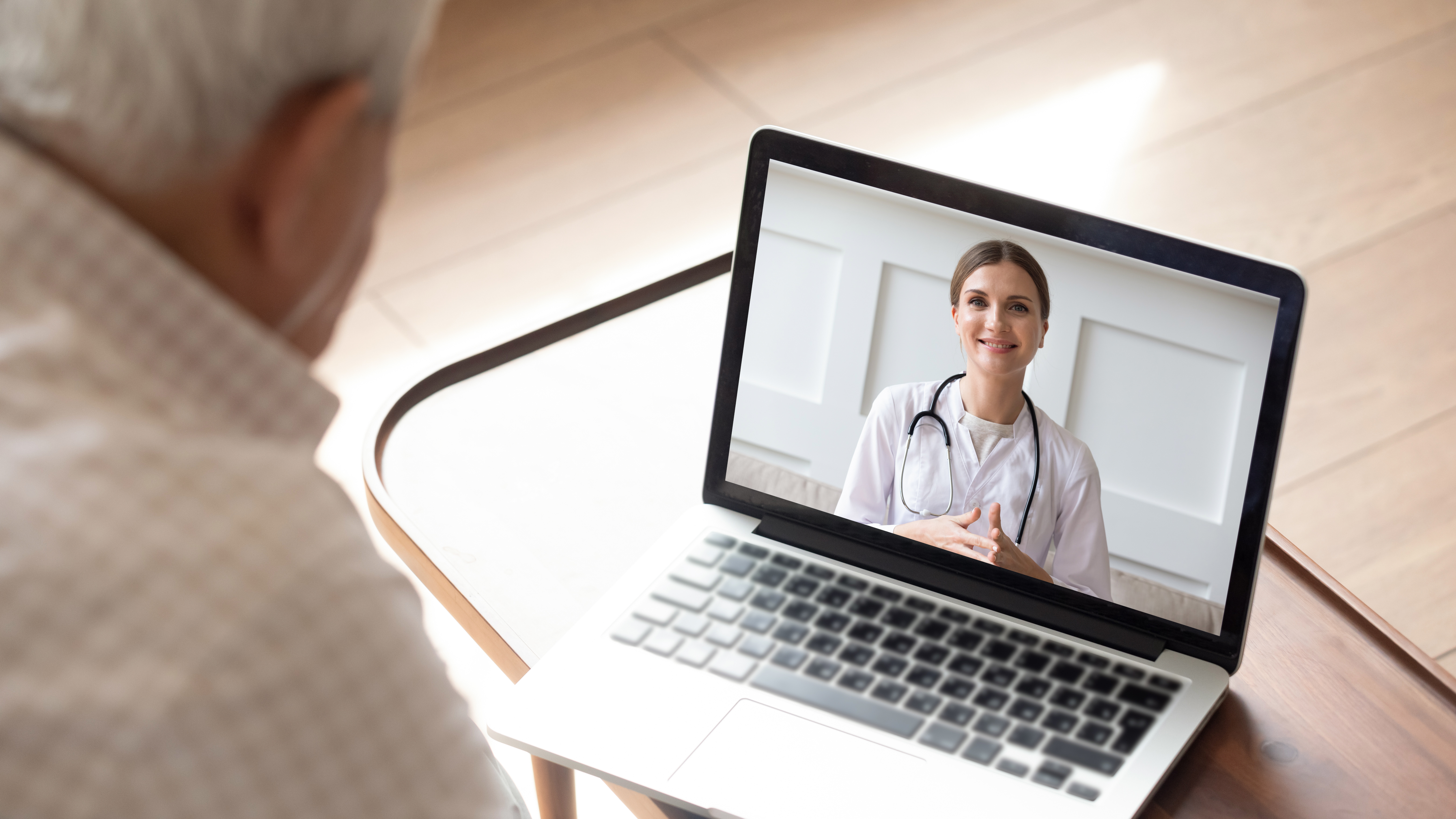
A piece of work has been published in The BMJ which looks at the evidence for the effective use of video consultation and also gives some evidence-based advice on how to carry these out safely and effectively. The article offers a pragmatic approach, based on the best available evidence and the opinion of the authors, on using video consultations and concludes that patients and doctors should carefully consider the appropriateness and safety of video consultation, and have a low threshold for changing the mode of consultation, should the need arise.
Evidence on outcomes, cost-effectiveness, safety, technical issues, impact of video consultations on healthcare delivery, and the quality of consultations is mixed and comes mainly from small studies. They report that video consultations led to high satisfaction among patients and clinicians with no difference seen in service use; and no evidence of harm compared with face-to-face consultations.
There are technical practicalities which need to be taken into account when implementing video consultations and these are reviewed in the paper. Platforms are rapidly evolving but it should be noted that In the UK and US (among others), clinicians are now permitted by regulators to use non-medical, popular video call applications such as Skype, WhatsApp, and FaceTime in addition to ‘medical’ ones.
The paper gives a range of practical measures that can be taken in order to prepare for and deliver video consultations. These measures include advice of setting up cameras and lighting as well as more patient-centred hints such as addressing the need for physical examination and noting that video consultation can allow insight into the patient’s home situation and allow the clinician to make suggestions on this. There is also very useful and practical advice on documentation as well as noting that the UK General Medical Council offers guidance on making and using visual and audio recordings of patients including seeking consent to store an image or video that the patient shared in their electronic health record.
In conclusion the paper states that video consultations are not suitable for all situations and clinicians should consider switching to a telephone, face-to-face consultation, or a home visit if-:
Video consultations are usually not suitable for the first consultation for chronic illnesses (but again, during the covid-19 pandemic the pros and cons needed to be carefully weighed).
The authors state that video consultations may fall short of the gold standard of face-to-face consultations, but for many patients, not having to take time off work and avoiding potential exposure to covid-19, and other infections will be considered “good enough.”
The authors of the report are Josip Car, Gerald Choon-Huat Koh, Pin Sym Foong and C Jason Wang and the full paper is available HERE